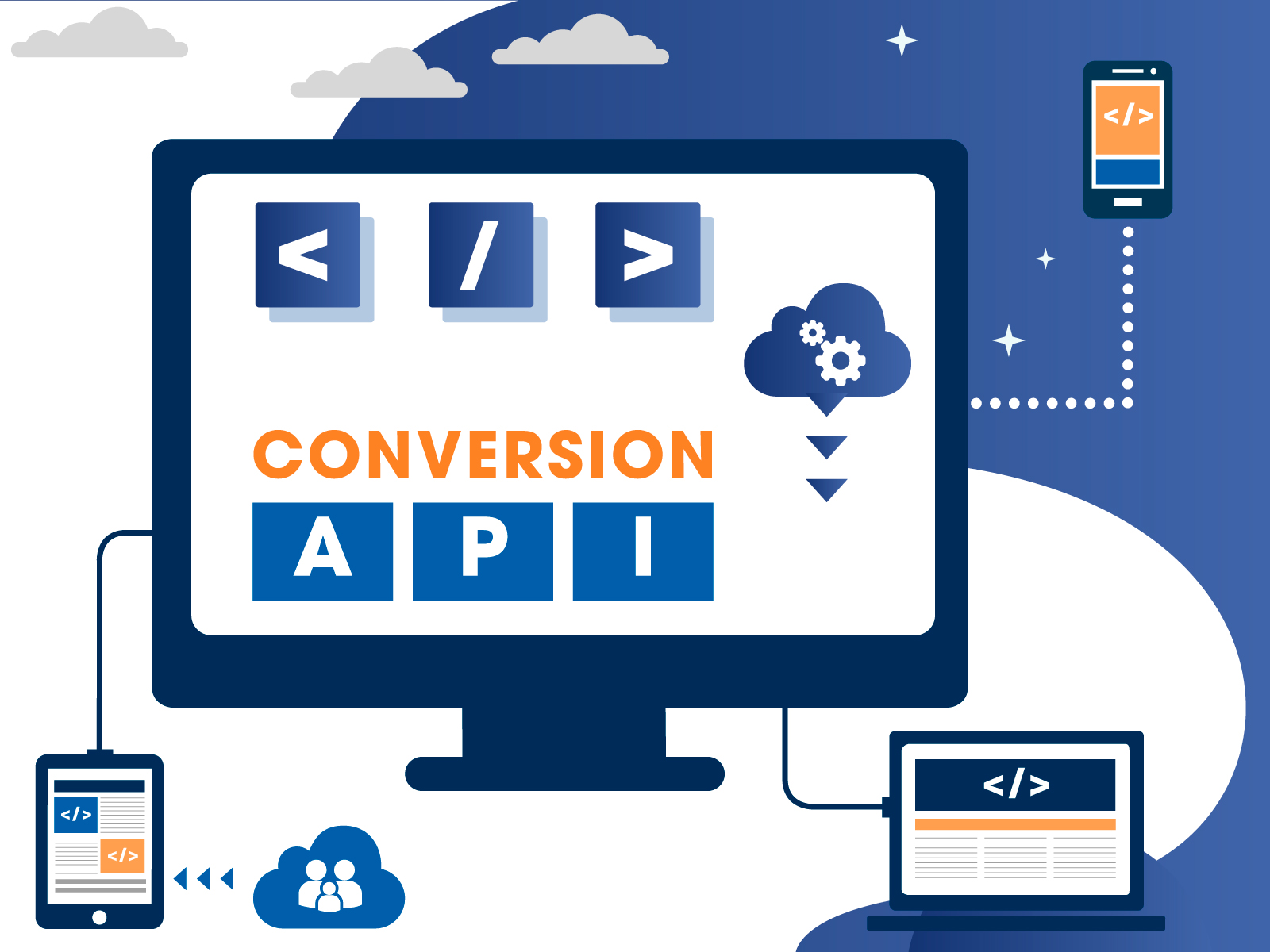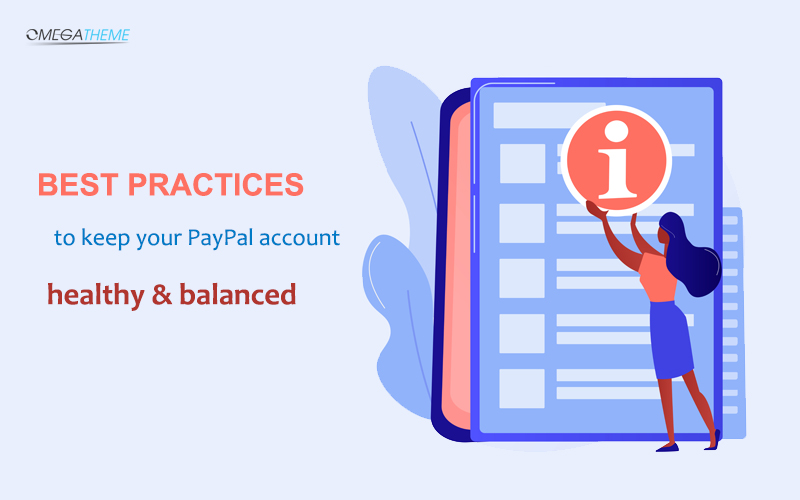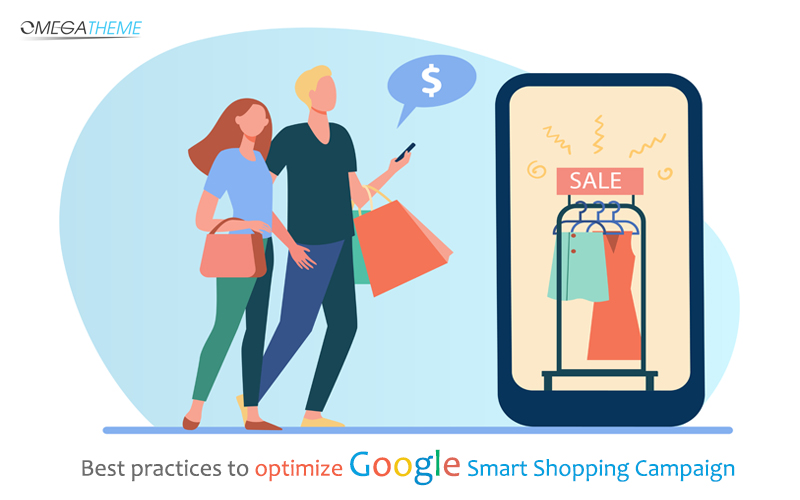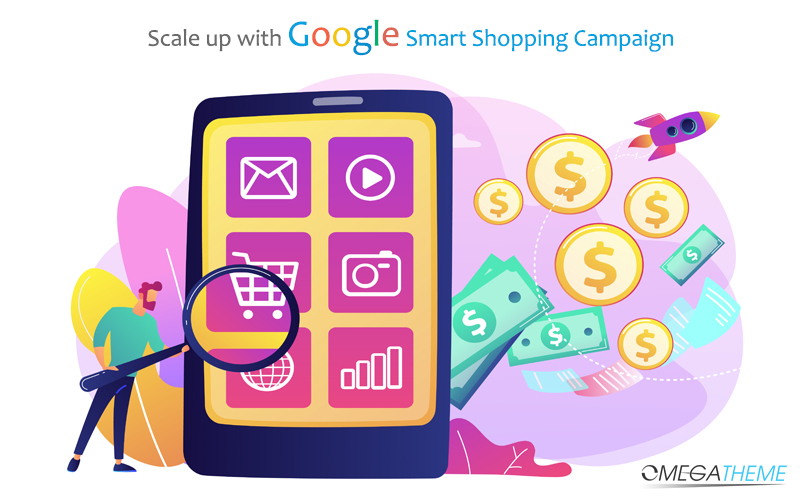Statistics show that 86% of online shoppers will decline to return to a brand after just one poor shipping experience. What a huge loss to E-tailers in this competitive E-Commerce world! Is your Shopify store suffering from the same pain? Among various strategies to boost customer retention, providing visible and transparent order tracking ultimately stands out as a defining factor that online store owners should highly focus on. Without investing in an effective order tracking tool, you will run a risk of losing your first-time customer who will turn into a “competitor’s God”.
Blog
96% of US users and 88% of global users opt-out of app tracking in iOS 14.5 is totally not good news for Facebook advertisers. There is a fact that deactivating tracking doesn't mean we won't be disturbed by ads, we still see ads as much as before, the only difference is that we will be seeing more non-related ads than before. However, it still raises two main problems:
- Conversion Tracking will be under-reported
- Ads distribution or ad personalization will be impacted and experience some limitations.
In this article, you will find out some actions to deal with them, at least at this point.
The question of how to get a healthy and balanced PayPal account never gets outdated. Catching up with every change in PayPal’s policy and knowing the best practices to meet PayPal’s requirements will give you a great opportunity to do business successfully with PayPal.
With smart shopping campaigns, Google has put a lot of automated solutions into it to require the least maintenance. However, to find the balance between your E-commerce strategy and your campaign management, still needs your job of optimization to be done. In this article, you will know all the best practices.
Google is a place that billions of people search for their needs every day and Google shopping ads can present your products in a visual and engaging way to them. It displays products not only with description, price or review, but also with images which make you stand out in the crowd and more appealing through all Google platforms including Google search, Google websites, Youtube or even Gmail. Smart shopping finds your new customers but it also remarkets the shoppers who have visited your website.
In this article you will know Google’s requirements and step by step of how to set up a successful smart shopping campaign to scale up your online business.





